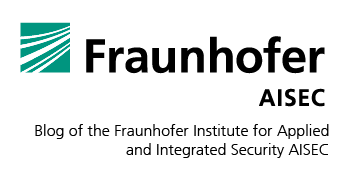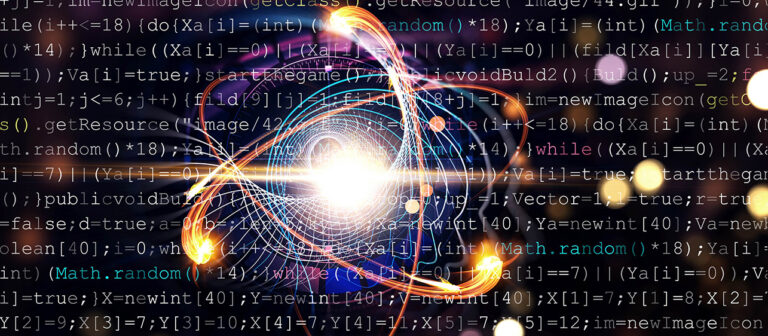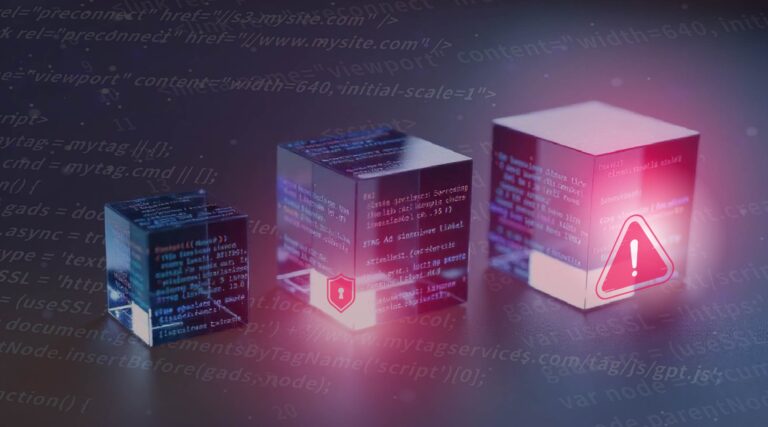
Automated cloud certification with EMERALD: Architecture, evidence, and trustworthy security
In the face of growing complexity and regulatory requirements, the security of cloud services is becoming increasingly challenging. However, conventional certification procedures require considerable financial and time investment to meet these requirements. That is why the EU research project EMERALD is pursuing a new approach: It is developing a framework for continuous, automated security certification based on semantically structured evidence. This article will discuss the concepts, methods, and validation approaches of the EMERALD platform.












